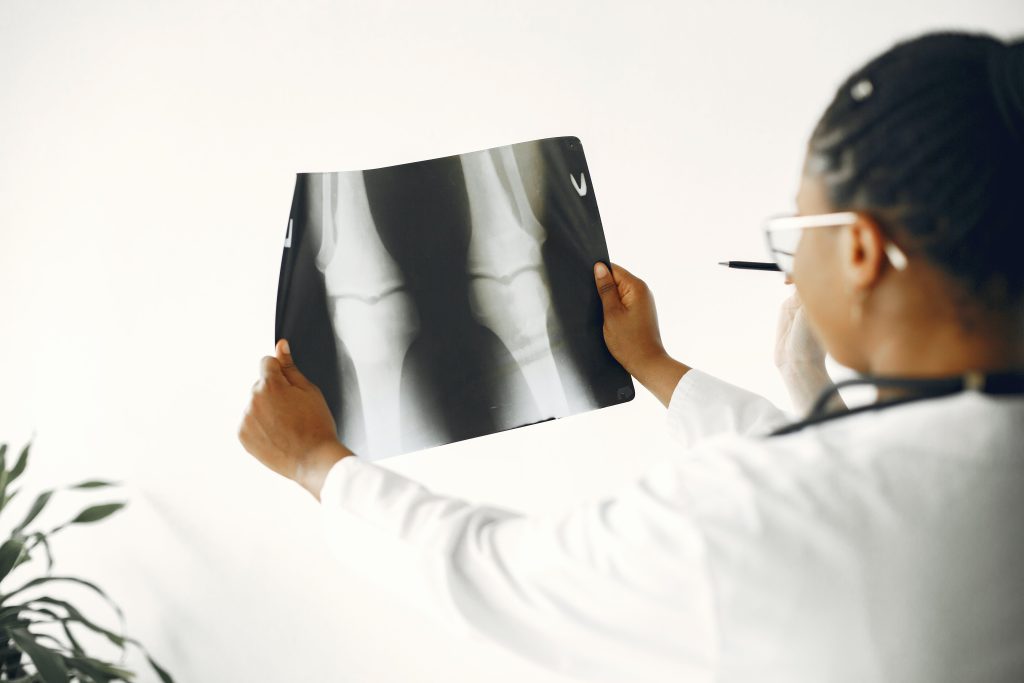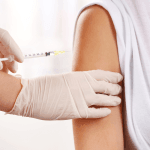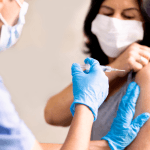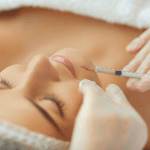Imagine a future where healing from sports injuries or chronic pain doesn’t involve invasive surgery or harsh medications. A future where your body’s healing potential is harnessed to accelerate recovery and restore function. This future might be closer than we think, thanks to a remarkable breakthrough in regenerative medicine: Platelet-Rich Plasma (PRP).
For years, orthopedic treatments have focused on alleviating symptoms and managing pain. But what if we could go beyond just managing the problem and heal the damaged tissues themselves? That is where PRP comes in.
What is PRP, and how is it made?
Before we delve into the wonders of PRP (Orthopedic), let’s understand its key ingredient: platelets. These tiny, disco-shaped blood cells play a crucial role in tissue healing. When you injure yourself, platelets rush to the site, forming a clot to stop the bleeding. They also release a cocktail of growth factors and proteins that stimulate cell proliferation, collagen production, and new blood vessel formation, ultimately promoting tissue repair.
Now, imagine harnessing the concentrated power of these healing heroes. That’s the essence of PRP therapy. PRP stands for platelet-rich plasma. It is a material derived from your blood, containing a high concentration of platelets and their healing factors. This concentrated solution has the potential to accelerate tissue healing and regeneration, leading to faster recovery and reduced pain.
Here’s how PRP is typically made:
1. Blood Draw: Your physician takes a small sample of your blood, much like a standard blood test.
2. Centrifugation: Through a unique spinning technique, your blood gets divided into its constituents: red blood cells, white blood cells, and plasma, which hold platelets.
3. Platelet Concentration: The plasma is further processed to isolate and concentrate the platelets, resulting in a solution rich in healing factors.
Mechanism of action of PRP Orthopedics
PRP (orthopedics) stems from its ability to influence several key aspects of tissue healing. Let’s explore the mechanisms by which PRP works its magic:
1. Cell Proliferation and Differentiation:
The concentrated growth factors in PRP serve as powerful triggers, encouraging the growth and specialization of different cell types, such as stem cells, fibroblasts, and chondrocytes. These cells are vital in the restoration of injured tissues, the creation of fresh collagen fibers, and the regeneration of cartilage.
2. Matrix Regeneration:
The growth factors in PRP also promote the production of extracellular matrix (ECM), the scaffolding that provides structural support to tissues. This ECM regeneration is essential for restoring the strength and functionality of injured tissues.
3. Inflammation Modulation:
Though inflammation is a natural aspect of the healing process, an excessive amount can impede tissue repair. PRP can modulate the inflammatory response by reducing the activation of pro-inflammatory cells and promoting the release of anti-inflammatory factors. This balanced inflammatory response creates an optimal environment for tissue regeneration.
4. Angiogenesis (Formation of New Blood Vessels):
PRP’s growth factors stimulate the formation of new blood vessels, a crucial process for delivering oxygen and nutrients to the injured area. This increased blood flow helps to accelerate healing and tissue regeneration.
5. Pain Reduction:
The anti-inflammatory and analgesic properties of PRP may contribute to pain reduction, leading to increased comfort and improved mobility for patients.
Clinical applications of PRP in Orthopedics
PRP’s therapeutic potential extends across a spectrum of orthopedic conditions, offering a promising alternative to traditional treatment methods. Let’s delve into some of the most common applications:
1. Tendinopathies:
PRP injections offer a non-surgical option for treating tendinopathies like Achilles tendonitis and rotator cuff tendinitis. Studies have suggested promising results in reducing pain, improving tendon function, and facilitating faster healing compared to conservative treatment alone.
2. Ligament Sprains:
PRP injections may accelerate healing and improve outcomes in acute and chronic ligament sprains, particularly in cases resistant to traditional therapies. Evidence suggests PRP may promote ligament regeneration and strengthen the repaired tissue.
3. Muscle Injuries:
PRP therapy has been shown to enhance the healing process in muscle injuries like muscle strains and tears. Studies suggest it can reduce inflammation, promote muscle fiber regeneration, and improve recovery times.
4. Osteoarthritis:
While PRP is not a cure for osteoarthritis, it can offer pain relief and improve joint function. Injections help reduce inflammation and stimulate cartilage repair, potentially postponing the need for joint replacement surgery.
5. Bone Fractures:
PRP injections may promote bone healing in certain types of fractures, especially in complex cases with delayed unions or non-unions. Studies suggest PRP may accelerate bone regeneration and improve fracture healing rates.
6. Surgical Procedures:
PRP is increasingly used as an adjunct therapy in various orthopedic surgeries, like ACL reconstruction and meniscus repair. Research indicates it may enhance tissue healing, reduce pain, and improve post-operative outcomes.
Benefits and risks of PRP therapy
Like any medical intervention, PRP therapy comes with potential benefits and risks. Understanding both sides is crucial for patients to make informed decisions about treatment options.
Benefits of PRP Therapy:
1. PRP injections are a minimally invasive procedure with minimal downtime and discomfort compared to surgery.
2. PRP may accelerate healing, leading to a faster recovery and return to regular activity compared to conservative treatments.
3. PRP can offer pain relief, potentially reducing the reliance on pain medication.
4. Research indicates that PRP might enhance extended joint functionality and potentially postpone the requirement for more invasive interventions.
Risks of PRP Therapy:
1. Pain at the injection site is common after PRP injections.
2. Although rare, infections can occur at the injection site.
3. Some individuals may experience allergic reactions to the components in PRP.
4. The effectiveness of PRP therapy can vary depending on various factors, and it may not provide the desired results.
Future directions and research
The exciting world of PRP therapy is still evolving, with ongoing research exploring its potential for even broader applications. Here’s a glimpse into the future of PRP:
1. Personalized Medicine: Research is underway to personalize PRP therapy according to individual genetic profiles and responses to treatment.
2. Combination Therapies: Combining PRP with other therapies, such as stem cell therapy or physical therapy, is being explored to enhance its effectiveness.
The future of PRP therapy holds immense promise for revolutionizing how we treat orthopedic and other medical conditions. By focusing on optimizing preparation and dosage and exploring new applications, researchers are working towards unlocking the full potential of this powerful regenerative medicine tool.






